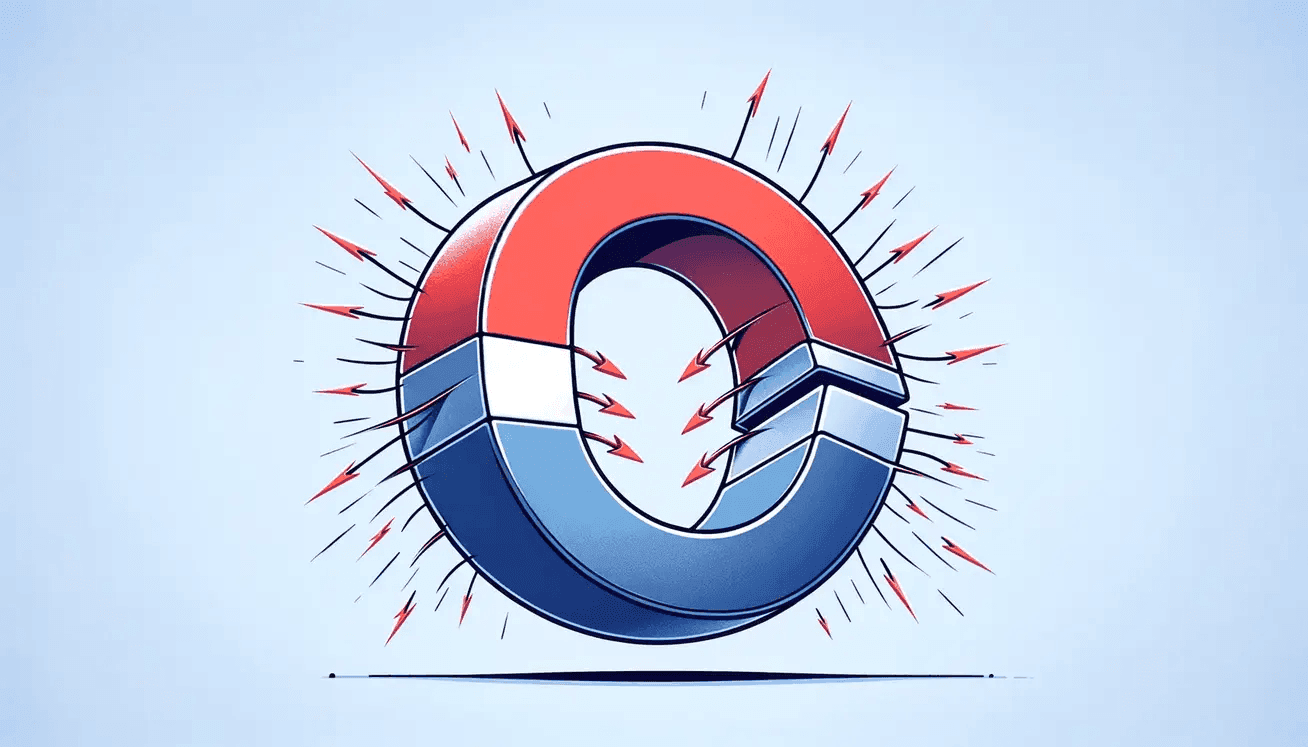Introduction
Have you ever dropped a magnet only to witness it shatter into pieces, each one pushing away from the others as if repulsed by the very touch? This peculiar behavior not only sparks curiosity but also dives deep into the fundamental principles of physics and magnetism. The dance of attraction and repulsion among broken magnets provides a fascinating window into the invisible forces that govern our universe.
Explanation of the Phenomenon
When a round magnet breaks, the pieces do not simply become non-magnetic; instead, each fragment develops its own north and south poles. Consequently, if two broken pieces are aligned with like poles facing each other, they repel. For instance, if you break a cylindrical neodymium magnet into two halves, you will observe that trying to push the flat, freshly broken ends together is challenging—they push apart. This is because the magnetic domains within the magnet reorient themselves to maintain a stable configuration, effectively turning each piece into a smaller, standalone magnet with both a north and a south pole.
Detailed Discussion on Magnetism
Magnetism has intrigued humanity since ancient times, beginning with the discovery of naturally magnetized stones, or lodestones. These early encounters with magnetism laid the groundwork for centuries of research and exploration into the magnetic forces and fields that invisibly permeate our world.
The Science Behind Magnetic Repulsion and Attraction
At a microscopic level, magnets are composed of regions called domains, which are areas where the magnetic fields of atoms are aligned in the same direction. In an unbroken magnet, these domains align in large patches where many north poles point one way and south poles point the opposite. When a magnet is broken, the domains at the newly created surfaces realign themselves because the original domain structure has been disturbed. This realignment creates new north and south poles, ensuring that the broken ends repel each other if they face the same direction.
Magnetic Domain Theory

A deeper look into magnetic domains provides clarity on this repulsive behavior. Magnets are made up of domains—regions where the magnetic orientations of atoms are aligned. When a magnet breaks, these domains are sliced through, and the edges reorient themselves to form new magnetic poles that repel each other.
Impact of Magnet Geometry on Magnetic Properties
The shape of a magnet significantly affects its magnetic field and strength. Round magnets, or cylindrical magnets, typically have a uniform magnetic field that becomes disrupted when the magnet is broken. This disruption is partly why the new edges repel each other so aggressively.
Experimentation and Observation
To see this phenomenon in action, you can perform a simple experiment with a round refrigerator magnet:
Wrap the magnet in a cloth to contain the pieces.
Break the magnet with a hammer.
Carefully unwrap the cloth and try to bring the broken pieces together.
Observe how the pieces repel each other when the same poles face one another.
This experiment visually demonstrates how breaking a magnet alters its magnetic domain structure, creating new poles that repel.
Real-world Applications of Magnets and Their Behaviors When Broken
Understanding how and why magnets repel each other when broken has practical implications in various fields. For example, in the recycling of electronic waste, magnets need to be removed and demagnetized. Knowing that breaking a magnet can change its magnetic properties helps in designing processes to handle or recycle magnets more effectively.
Case Studies
In one industrial scenario, a large ring magnet used in a magnetic resonance imaging (MRI) machine was accidentally dropped and broke into several pieces. The engineers initially attempted to reassemble the magnet but found that the broken pieces repelled each other, complicating the reassembly. This incident underscored the importance of understanding magnetism and its practical impacts on technology.
Conclusion
The repulsion observed between broken magnet pieces is not just a curious oddity; it is a direct consequence of the laws of physics that govern magnetic domains and fields. This behavior underscores the complex and fascinating nature of magnetic forces and serves as a reminder of the invisible yet powerful forces that shape our physical world.
FAQs
Q: Why do magnets have north and south poles?
A: All magnets exhibit magnetic polarity, where the magnetic force emerges from the north pole and returns at the south pole. This polarity is due to the alignment of magnetic domains within the material.
Q: Can all types of magnets be broken to create new magnets?
A: Yes, breaking any magnet will result in pieces that are themselves magnetized, each with a new north and south pole. However, the strength of the magnetism in each piece depends on the material and the original magnet’s design.
Q: What should I do if I want to prevent my magnets from breaking?
A: Store magnets in a stable environment where they are not subjected to harsh physical shocks or extreme temperatures. Also, using protective casings can help reduce the risk of breaking if they are dropped or mishandled.
This exploration into the behavior of broken magnets not only illuminates aspects of physics but also enhances our understanding of the magnetic world and its applications in daily life and technology.


